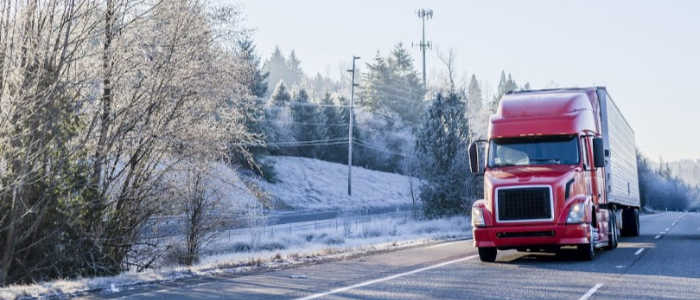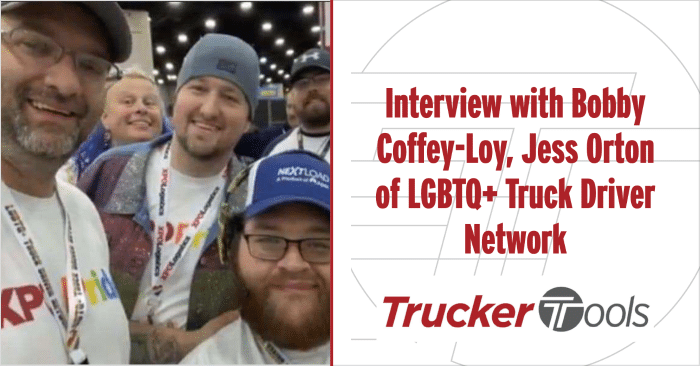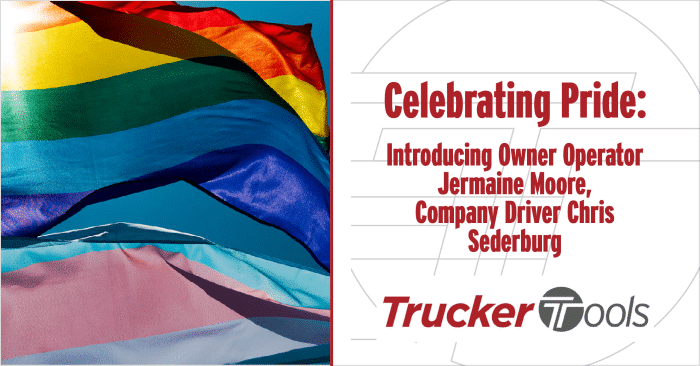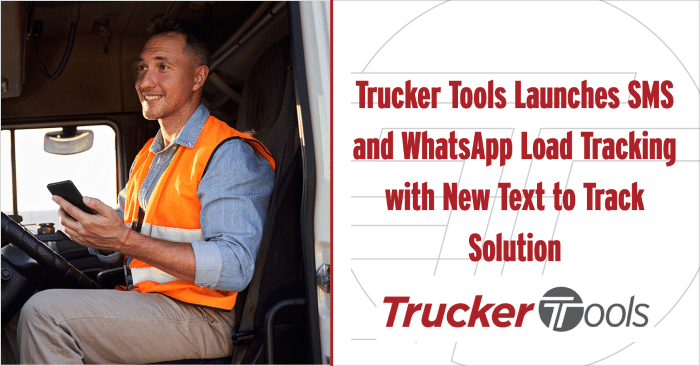We recently joined Jacinda Duran, known on social media as Jacinda Lady Truck’n, for a conversation about growing up in a trucking family, how she got into long-haul trucking and why she loves what she does.
During our discussion, Jacinda offered insight into what it’s like to be an enclosed car hauler for Plycar Automotive Logistics. She shared with us what makes enclosed car hauling different from other types of trucking, the training necessary to become an enclosed car hauler and the specific challenges faced by enclosed car haulers. Check out our enclosed car hauling discussion with Jacinda Lady Truck’n below.
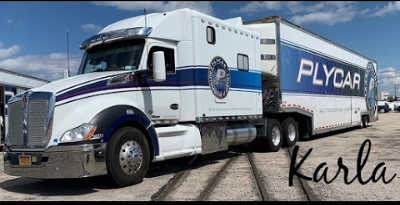
How is enclosed car hauling different from the other types of driving you’d done previously?
“Enclosed car hauling is where you load, transport and unload six cars inside of a 53 foot trailer. There’s double-decks, meaning two layers, so usually three cars on top and three cars on the bottom. Mastering car hauling is like building a puzzle, is what we like to say, because you’re going to have different car sizes, lengths and shapes and those are all the factors we consider in transporting these cars. We still have to consider weight distribution on our axles, like all trucks and trailers. So in building that puzzle, you have to consider your load and unload sequence, because obviously we try to load them without moving them or moving them as little as possible.
The weight is different, too. Some of the cars we have to back on to attempt to get the weight toward the fifth wheel because you always want most of your weight toward the front, if you can. Also, we have to manipulate the decks for height inside of the trailer. They’re not always two flat decks loaded with cars. We have to put one car on and then manipulate the deck to get the car underneath. So we try to do a top/bottom, top/bottom and top/bottom load all the time.”
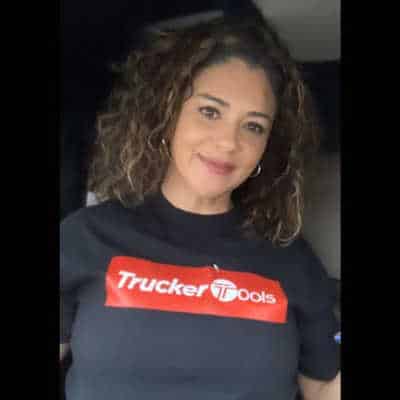
Do you have to get special training to become an enclosed car hauler?
“Absolutely. When Plycar took me on, I didn’t have any car hauling experience, but they were willing to train me. I went through a six week program. The first two weeks were driving, because they wanted to make sure I was able to drive the truck, itself. And then the next four weeks I was trained on handling the cars – from loading, strapping and centering to unloading and also the customer service aspect of the job.
At that point, after completion of the training, they determine whether you’re going to progress and get better because obviously you’re not coming out of training as a car hauler — you’re coming out as a beginner with the potential to get better. I had that ability and after six weeks, they put me in a truck by myself and got me going. Of course, they were considerate of me being a new person. They gave me shorter cars and lower cars at first. They didn’t bombard me with SUVs and historic cars right away. It was a nice progression coming into it.”
You were Plycar’s first solo female driver, correct?
“That is true. Plycar has been around since 1982, about 38 years now. They’d had women drivers, respectfully, who drove, but they hadn’t had a female driver who did the entire job herself. I drive a 120-inch sleeper truck. It’s huge with the trailer. It’s a title that I hold close to my heart, being the first female solo enclosed car hauler. I respect every aspect of this job, but it’s a nice title to me. I get some crazy responses sometimes when I show up in the big ole tractor trailer! It’s huge. I’m between 90 and 93 feet long, from the front of my tractor to the end of my trailer. It’s bigger than normal, but still within the length limitation legally.”
What do truckers need to know if they are considering getting into enclosed car hauling?
“There’s a big difference between truck driving and car hauling. There are a lot of physical aspects to car hauling. When we load and unload these cars, we’re climbing in through the windows. You have a matter of two to four inches between the cars, so you’re climbing out the window, scooting around and laying on the ground. It’s really physically demanding.
The tractor trailer, itself, is beautiful. It’s big and people want to drive the truck without considering what hard work it is. Driving is the easiest part of this job. It’s nice because there are a lot of different options in trucking. Car hauling is a specialty and I respect it. You have to be willing to put the work in.”
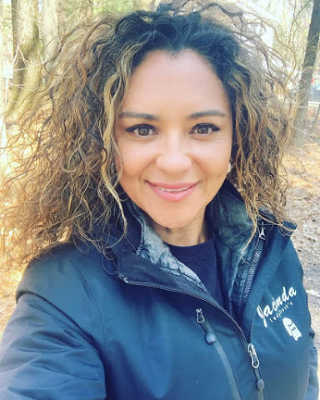
Do you go wherever the need is or do you have specific lanes that you run over and over?
“I’m an East Coast/West Coast driver. The routes are always different because we’re almost like a car courier service. That’s how I look at it sometimes. We pick up and drop off all across the country. I’ll start in Torrance, Calif., and a lot of the time go to Arizona to Texas to Louisiana to Atlanta and then over to New Jersey. So they’re jagged routes all the time, depending on the workload. I really get to see the country. When you’re hauling cars, you’re going on the untraveled path. I appreciate that because there are a lot of neat places that I get to see that I otherwise would never get to, not even on vacation.”
What about parking your truck? That must be a challenge.
“Absolutely. With the truck that I have, thankfully, I have all of the amenities I need on a daily basis, from the kitchen with a stovetop to the sink to the bathroom with a shower and a refrigerator. Considering the size of the truck, I can park at a lot of places, but not most places. I do a lot of reserved parking, but also to protect the equipment, I do a lot of rest area parking out on the road or at truck stops. I feel safest at truck stops just because there are people around. Sometimes I don’t get out, especially at nighttime. I’ll pull in, maybe I’ll take the dog out, depending on where I am. I’ll close up my windows and I’m able to just stay in my truck until the daytime. It’s beautiful — I can cook, shower, relax, read and listen to music all inside of my truck, which I’m super thankful for.”
For the rest of our interview with Jacinda, read Meet Third Generation Trucker Jacinda Duran. In the interview, Jacinda shares her favorite Trucker Tools driver app features, tips for new drivers and more.
To download the newest version of Trucker Tools’ free driver app, visit https://www.truckertools.com/carriers/.
